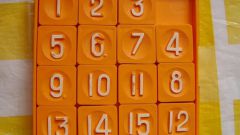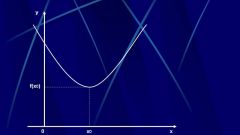Instruction
1
Objectives for progression most often solved with the drafting and subsequent solution of the system of equations for the first value b1 and the denominator of progression q. For the compilation of equations useful to remember some formulas.
2
How to Express n-th member of the progression using the first value and the denominator of progression:b(n)=b1*q^(n-1).
3
How to find the sum of the first n terms of a geometric progression, knowing the first member b1 and the denominator of q:S(n)=b1+b2+...+b(n)=b1*(1-q^n)/(1-q).
4
We consider separately the case |q|<1. If the denominator progression in modulus less than one, have infinitely decreasing geometric progression. The sum of the first n terms of an infinitely decreasing geometric progression is searched in the same way as for a non-decreasing geometric progression. However, in the case of an infinitely decreasing geometric progression to find the sum of all members of this progression, because of the infinite increase of n will be infinitely reduced the value of b(n), and the sum of all of the members will tend to a certain limit. So, the sum of all terms of an infinitely decreasing geometric progression is:S=b1/(1-q).
5
Another important property of a geometric progression, which gave a geometrical progression: each member of the progression is a geometric average of the adjacent members (previous and subsequent). This means that b(k) is the square root of product:b(k-1)*b(k+1).


